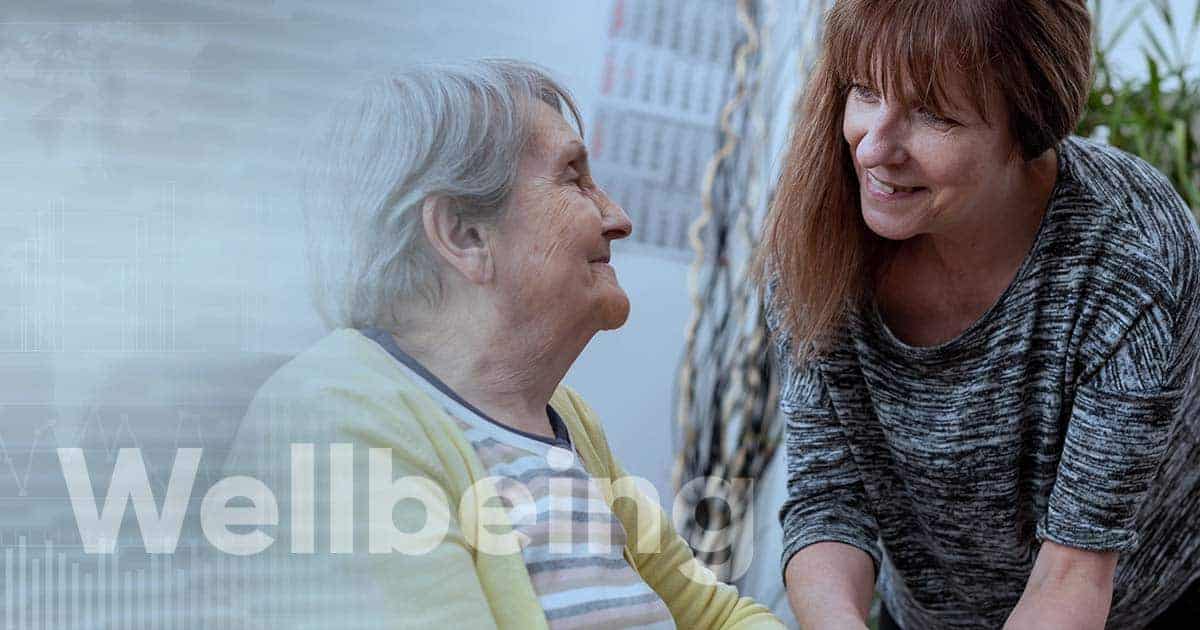
Thought leadership: Technology’s potential for improving carer wellbeing
By David Lynes, CEO & Founder of Unique IQ
I’m a great believer in the power of technology to turn data points into information. And thanks to rapid digitisation within the care sector, it is now rich with data. But the story it tells sits just out of reach – in pockets of siloed information, that while useful on their own, could be so much more powerful together.
I’ve spoken a lot about how connecting systems used in care can give us a much bigger and comprehensive picture of a care recipient so that their care can become truly person-centred. But I also think the same can be applied to carers. Technology has the power to give us a much deeper understanding of a carer’s working life, which can help their employer focus on wellbeing in a more targeted way, supporting retention.
The bigger picture
Wearables at work are a controversial topic. Research from PWC has found that while around two-thirds of people feel that both technology and their employers have a key role to play in their health and wellbeing, most would be unwilling to share data from wearables with their workplaces.
This area has real potential though. For example, ART Health uses a combination of staff surveys, cognitive performance tests and data from workplace sensors and wearables, to measure ongoing wellbeing and performance. Sounds a lot like many of the caretech solutions out there designed to monitor a care recipient’s wellbeing.
Monitoring sentiment
A simple yet effective way of taking the pulse of any team is a quick temperature gauge or weather check-in at the start of a meeting. What’s your week been like so far? Sunny skies? Blasted by hailstones? Overcast and gloomy? It’s an engaging way to understand someone’s emotional state and feelings towards work.
I could see this becoming a feature of carer mobile apps. At the end of a shift or visit, why not capture how they felt about it and monitor that over time? Much like we might rate our satisfaction as a customer, why not rate it as a care giver to give a sense of overall job satisfaction?
Discovering the predictors of poor wellbeing
HR systems have heaps of data that can be analysed to reveal predictors of poor wellbeing, stress, burnout or even sickness. One example is burnout charts, which can indicate who might be at risk of work-induced burnout, by identifying members of staff who haven’t taken or booked their holiday allowance in some time.
A further example is using machine learning to identify patterns of lateness, sickness, mistakes or stressful events that might indicate a carer is struggling. Is there a combination that leads to a period of sickness or a carer moving on due to stress or unhappiness? Machine intelligence can dig deeper and faster than a human can, making it a useful tool for care managers.
But as with providing care, technology is not a replacement for face-to-face contact of course. Listening to your team is probably the most powerful thing you can do to support their wellbeing. But technology has its place in identifying the moments or circumstances where intervention is needed. By identifying a likely downturn sooner or in advance, technology could be the difference between a supported care worker and one that hands in their notice.
This article first appeared in our free guide to workplace wellbeing for care providers. It’s full of ideas and inspiration for low-cost initiatives that you can adopt in your care organisation today.

Want to know more about wellbeing in the workplace? Check out our comprehensive wellbeing knowledge hub.
Or, to read more articles from David – head over to our thought leadership hub.